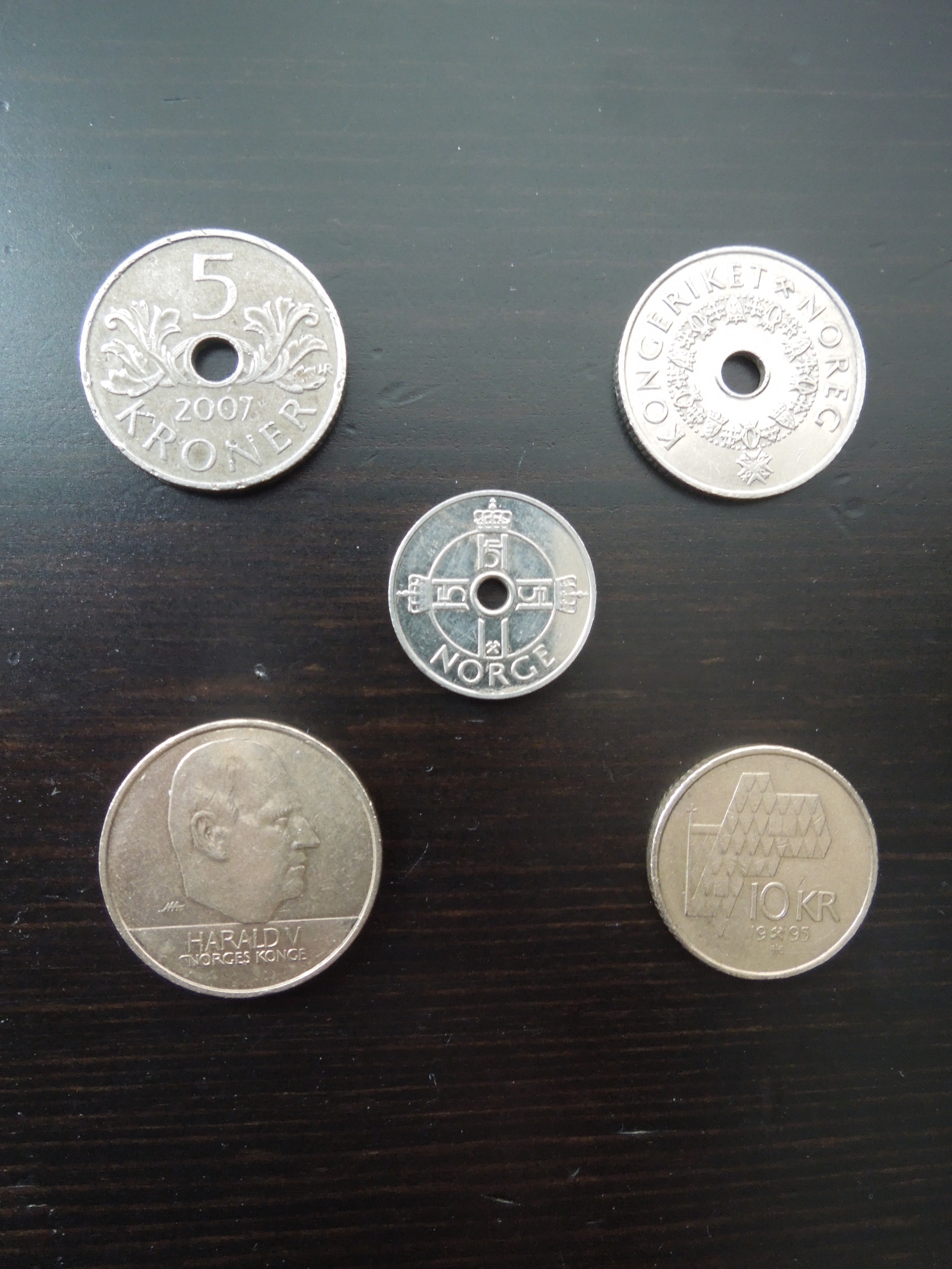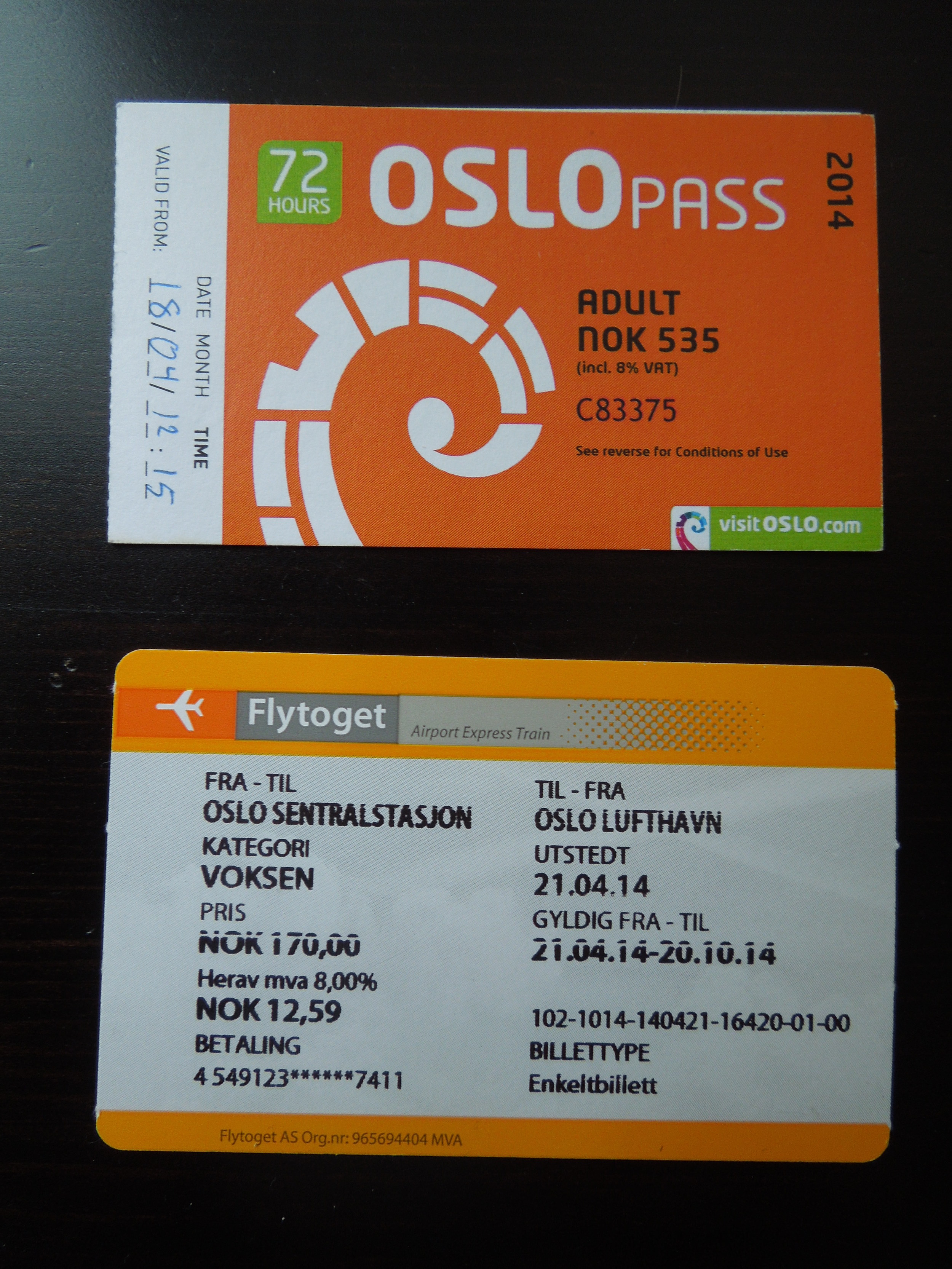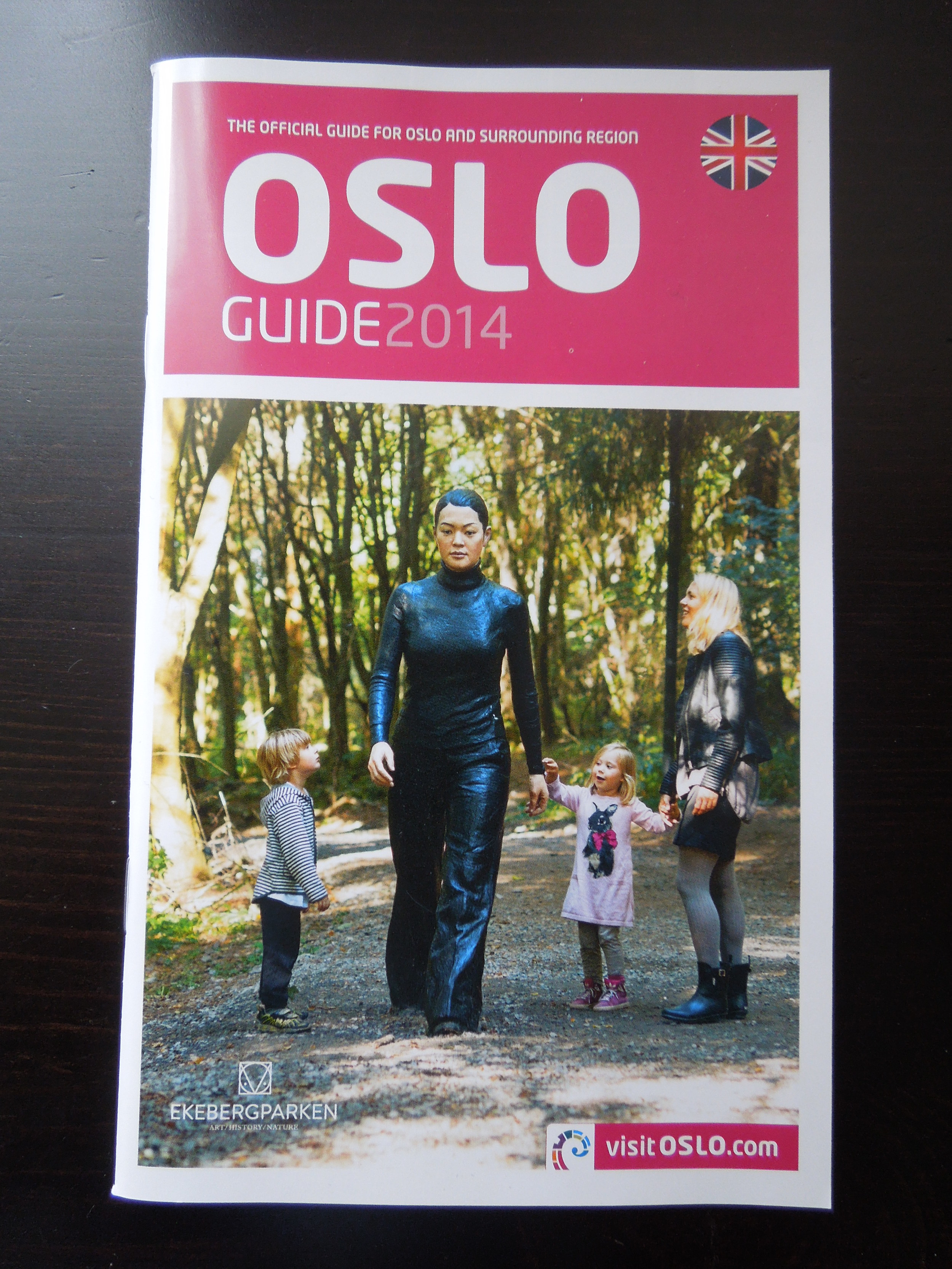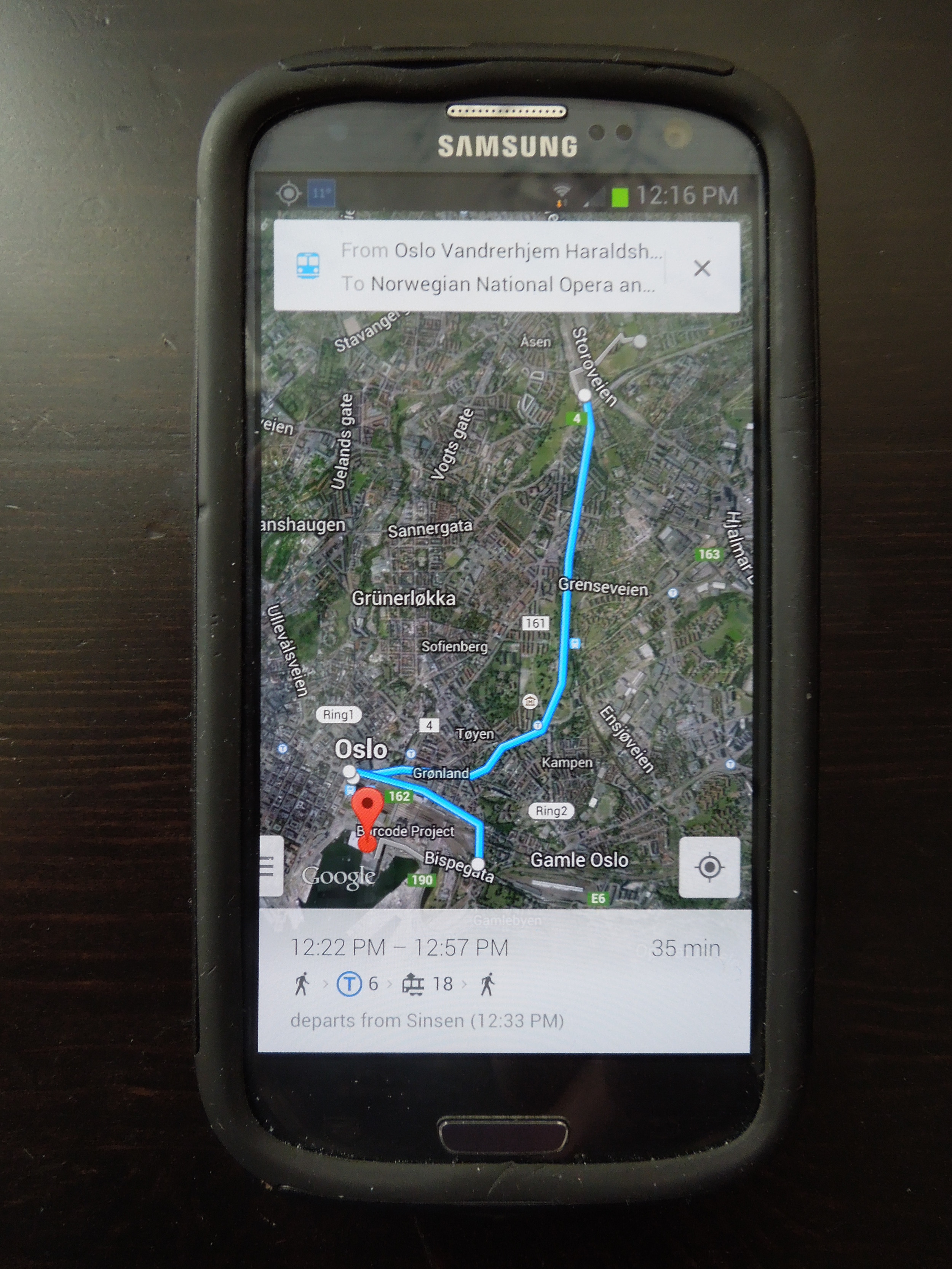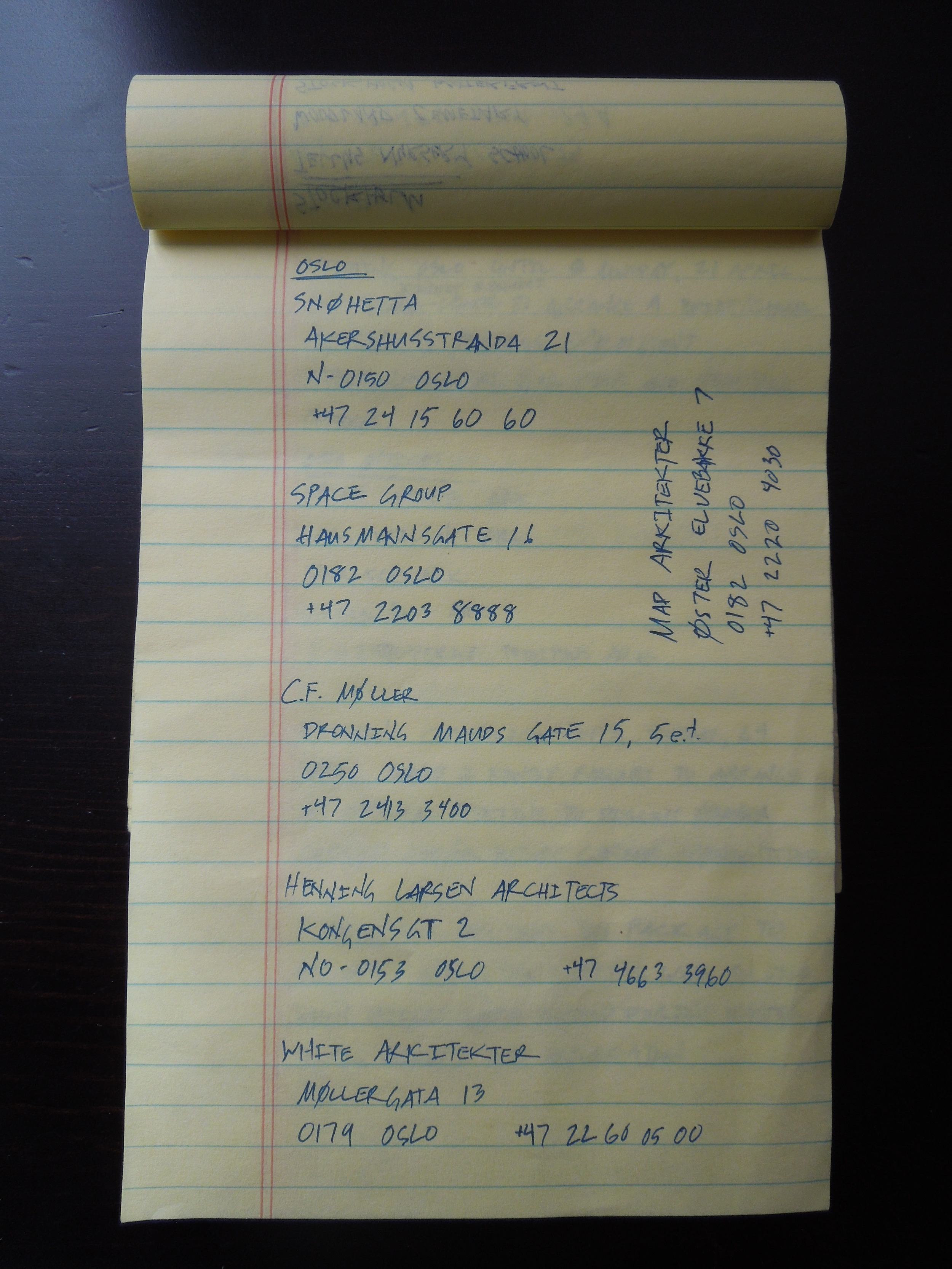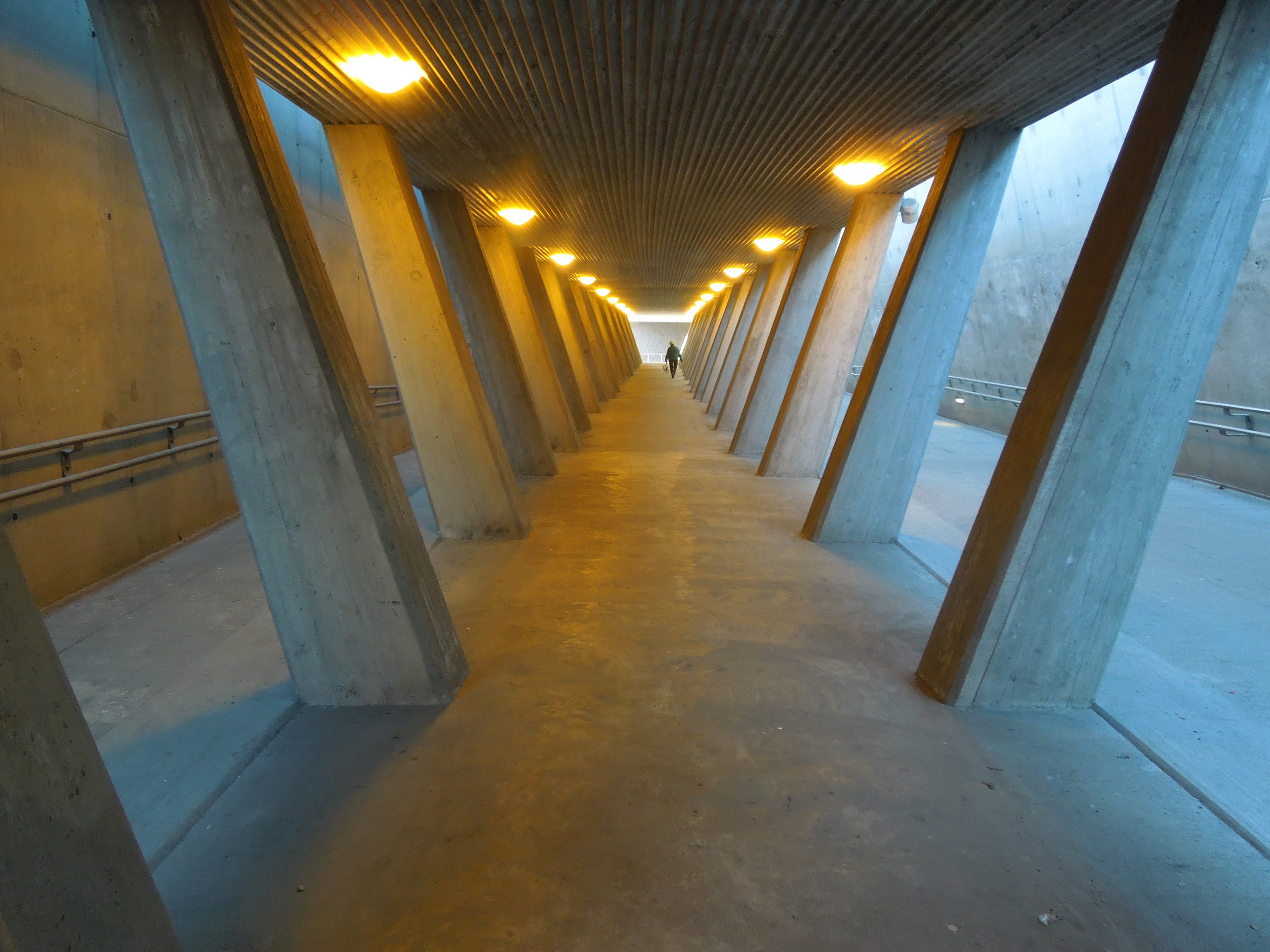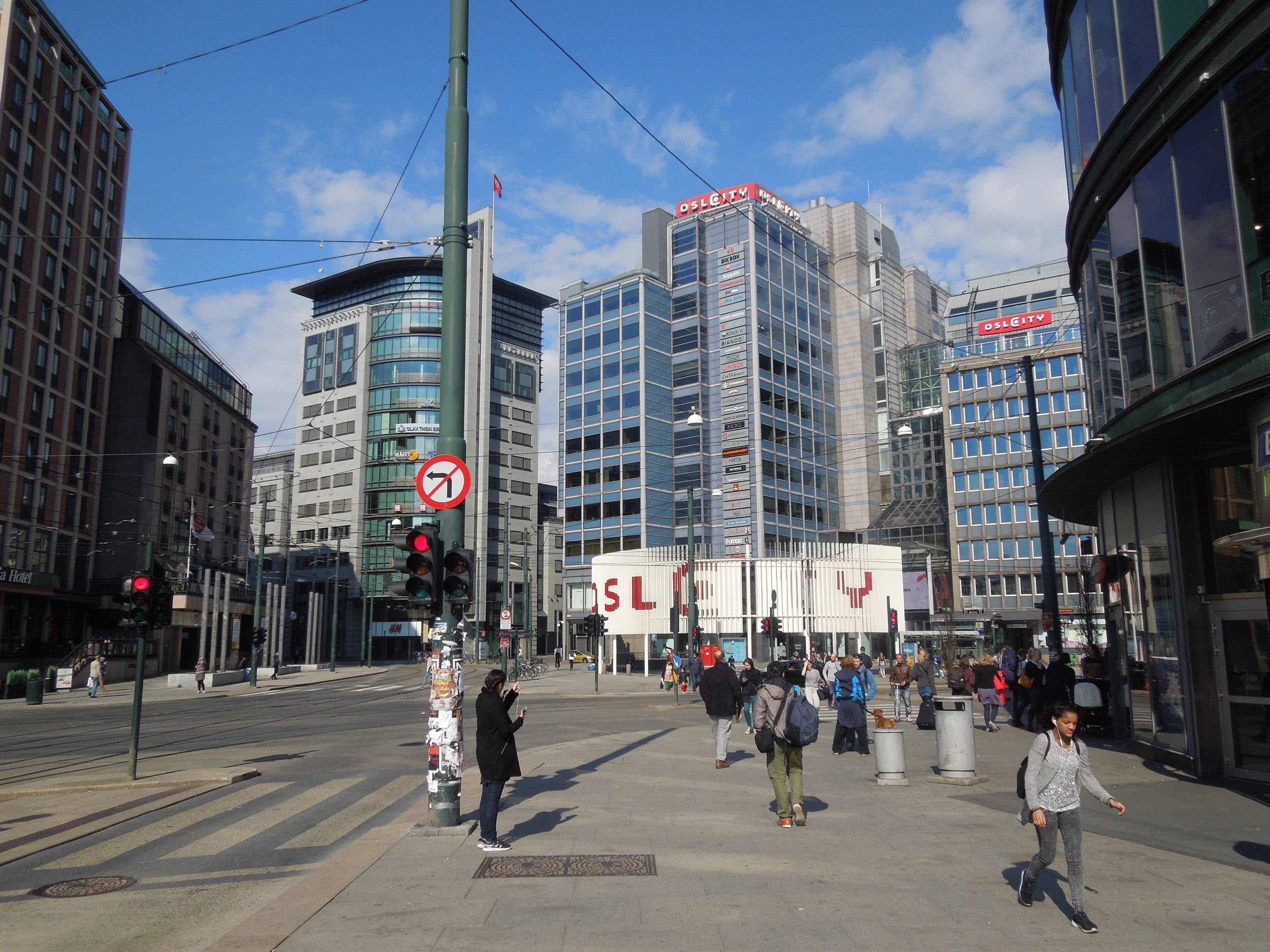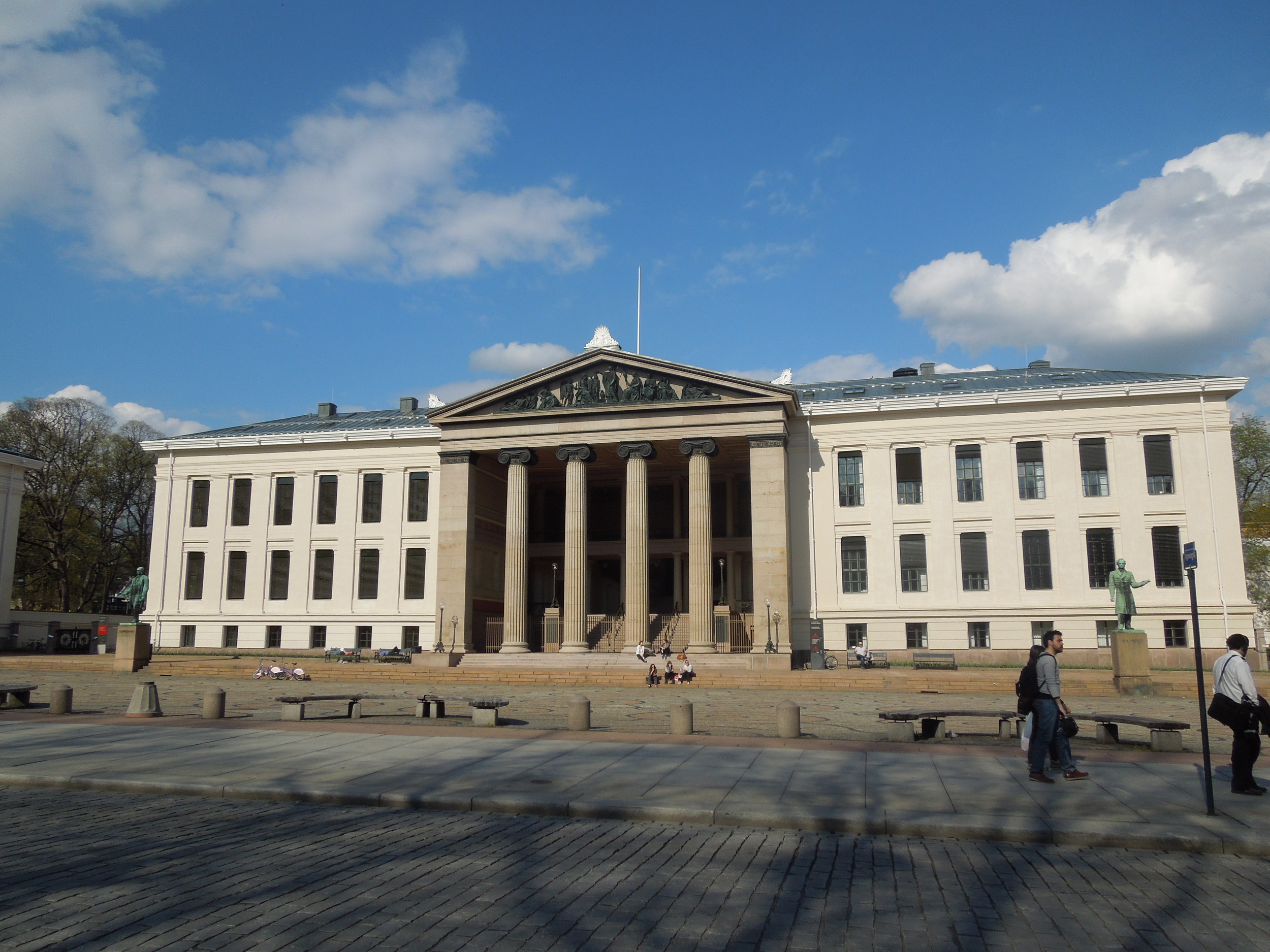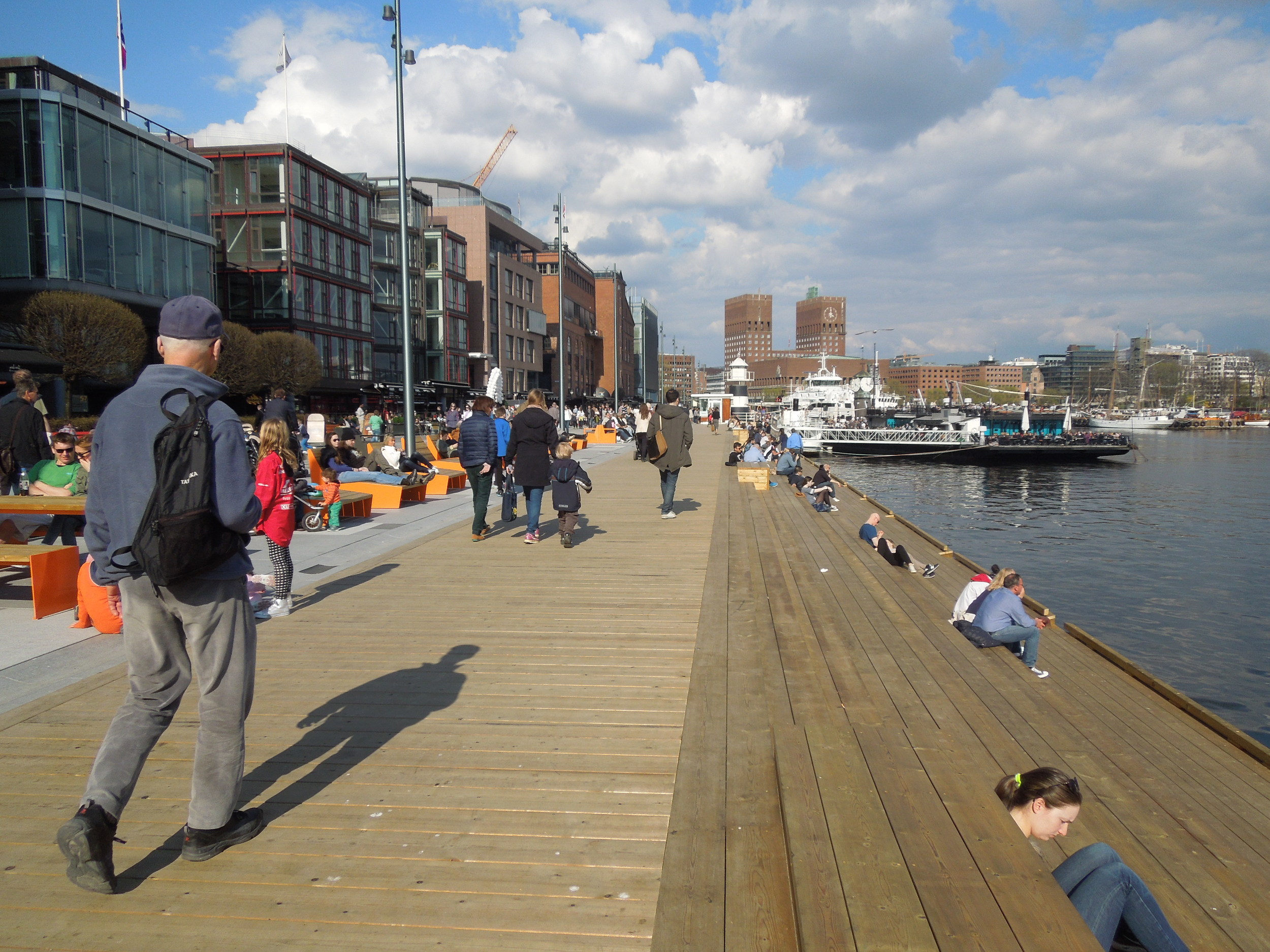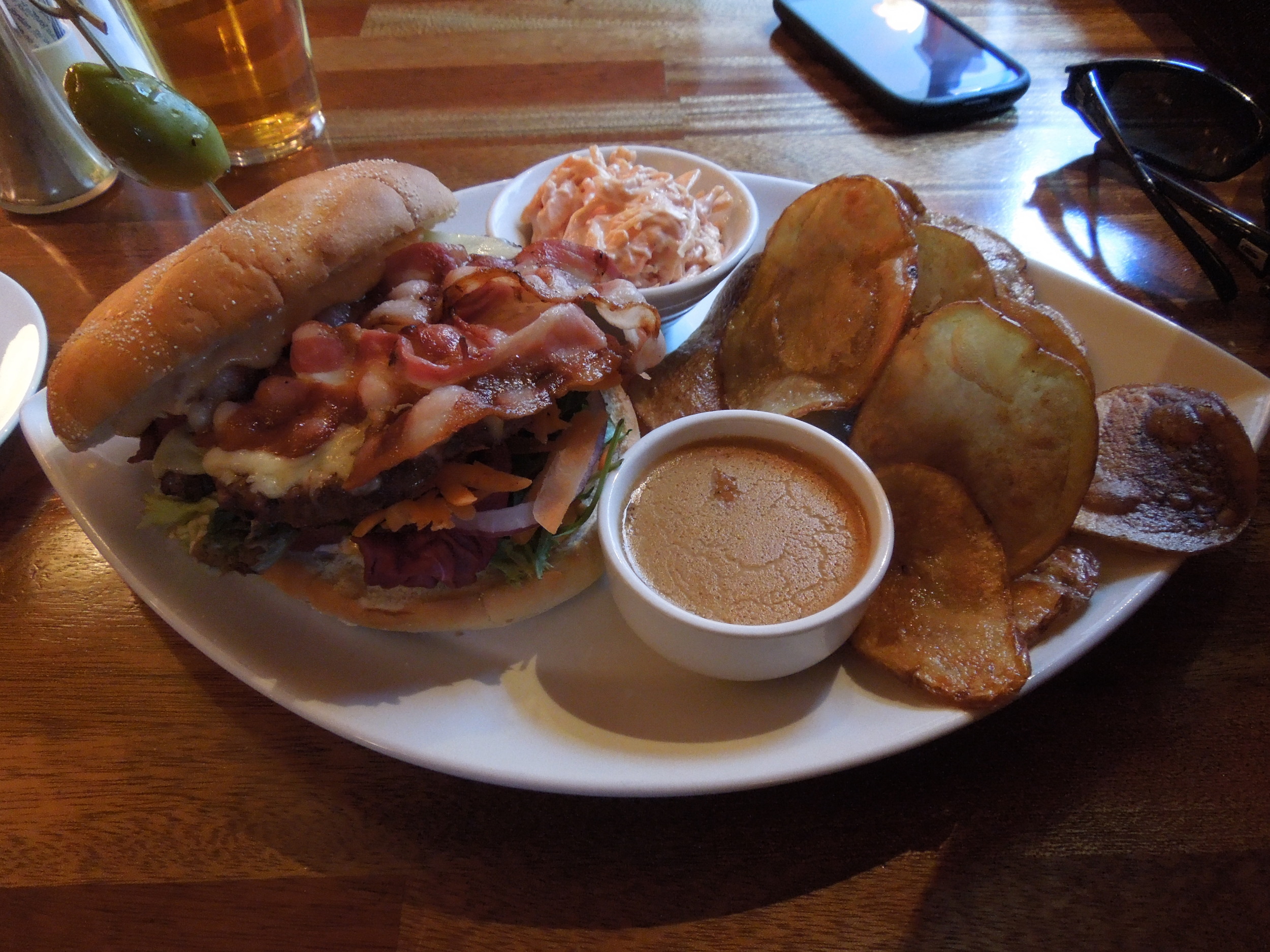The wrap-up for Oslo has a few different elements including some personal thoughts, experiences, and general information. I was given some knowledge and expectations about Oslo before I had arrived, and for everyone who told me that Norway was a very expensive place, they weren't kidding! How expensive are we talking about? Well, on my first day of arrival, I was stuck in my hostel due to some inclement weather so I decided to have a pizza delivered from a place close to the hostel and far from the city. The decision was based on the recommendation to eat far away from the city as possible to save money on the cost of food, plus with the weather I didn't have too many options. If we're going to guess prices on the order, I will give you a hint that the cost of delivery alone was $11.00. The grand total for a large pepperoni and ham pizza was... $50.00 (fifty), that's a '5' with a '0', dollars! I mean, typically I can take a large pizza and make 2 dinners and 1 lunch out of it, but still that's quite pricey. I had to do a little more research on this, so I went for the lowest common denominator and hit a McDonald's for a Big Mac meal - again, this McD's was located far from the city center - and the total for a medium Big Mac meal was roughly $15.00. I should have taken pictures of the receipts for these "big ticket items" for proof, but I did take pictures of the actual infamous $50.00 pizza and $15.00 Big Macs.
I had to learn the hard way about the prices of Norway; however, as prices are very high for everything in this city, I did keep hearing about how wages are very high which not only make up for the high costs but workers are able to save a lot more income than other countries in the region. There was one other trade-off for Oslo and that is public transit is free. I made the mistake of purchasing what was called the "Oslo Pass" - about $80 for a three-day pass - because I thought it was required for riding the trains, trams, and buses, but it turns out that pass only gets you discounted/free entry to museums and tourist attractions, as well as discounts on some food places. In my experience, drivers don't look at any passes as you board, there are no turnstiles or machines scanning for tickets as you enter train stations, and never once did I see any transit employees randomly checking patrons for tickets. I think it's safe to say that based on what I saw and the time I was there - maybe things will change at some other time - public transit is completely free, with only one exception. There are different express trains that leave from the Oslo central station to the airport, which is on the outskirts of the city and you can expect to pay about $30 which is the cheapest and most efficient way of getting to the airport. Below are the maps of the Oslo metro trains and trams, which are great options for getting around the city, and I also included a video of the airport express train called "Flytoget".
Navigating the city was not that difficult, especially when Google Maps helps you plan out your route for using public transit. Since it was my first time in Oslo and I wasn't planning to be in the city very long, I had to learn fast and make the best use of my time which included visiting several architecture firms, exploring nature, and also checking out the great architecture in the city. Norway has its own local currency, so any leftover Swedish money was useless in Norway. The first thing I had to do was withdraw the local currency, Norwegian Krone (NOK), and figure out the conversion to US dollars, which is $1.00 USD = 5.90 NOK. My airport express train ticket cost 170.00 NOK, so with the conversion that comes out to 170/5.9 = ~$29.00 USD.
One interesting trait about Oslo is that it's called "The Largest Village in the World" because it's a city that's spread out very wide and in regards to residential density, even in the city center, there didn't seem to be any very dense pockets of people. The city is spread so far that when I was dozens of miles from the city center and hiking in the mountains, even that area is still part of the city of Oslo. The city itself, as I had mentioned in one of the previous reviews, is a little more rugged and not as polished as other cities, but there is still plenty to enjoy as a visitor from water tours of the harbor and fjords, to many different types of museums, modern and fascinating architecture, and the unique trait of being able to experience the true outdoors not too far from the city. Below are some pictures I took while I was traveling from architecture firms and exploring the city with the short amount of free time that I had.
As an added bonus, I put together a short film of some sights and sounds that I captured as I was exploring the city.

